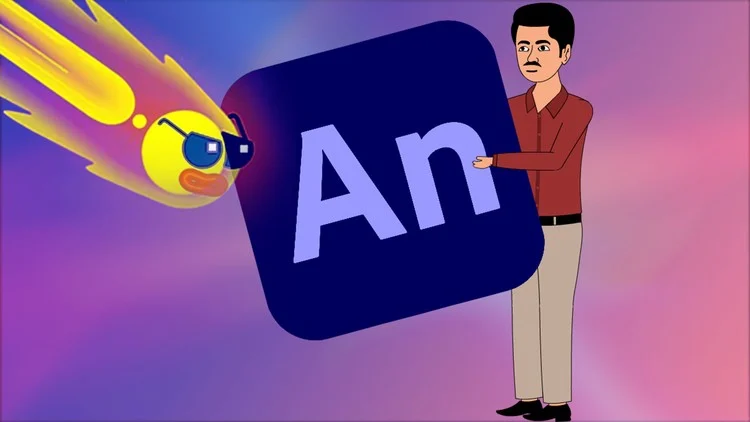The art of storyboarding for cartoons is a vital part of creating animated stories. Storyboarding helps artists and directors plan out every scene before the animation begins. It’s like a blueprint that shows how the story will unfold, guiding the production process. In this post, we will look at why storyboarding is so important, how it’s done, and why it is a crucial skill in the cartoon industry.
What is Storyboarding?
The art of storyboarding for cartoons is the process of creating a visual outline for each scene in an animation. It involves drawing key moments in the story to show how they will look on screen. Storyboards include information about camera angles, characters’ movements, and important actions in the scene.
The process helps animators, directors, and other team members understand the flow of the cartoon before starting the actual animation. It ensures everyone is on the same page and helps save time during production. Storyboarding for cartoons provides a clear plan for how each scene will work.

Why is Storyboarding Important?
There are several reasons why the art of storyboarding for cartoons is essential. First, it helps bring the script to life. A storyboard shows how the script’s dialogue and actions will translate into images and movement. This helps directors visualize how the cartoon will look and feel.
Second, it saves time during production. By having a clear plan, animators know exactly what to draw and animate. This reduces confusion and mistakes, making the entire production process more efficient.
Lastly, the art of storyboarding for cartoons allows the creative team to experiment with ideas. It’s easier to change a drawing in a storyboard than to change the entire animation later on. Storyboards are a way to test out different ideas before committing to them.
The Storyboarding Process
Now let’s look at how the art of storyboarding for cartoons is done. The process usually starts with the script. The writer provides the basic storyline, and the storyboard artist begins to draw the scenes. These early storyboards are often rough sketches that focus on the main actions, camera angles, and composition.
Next, the artist will refine these sketches into more detailed drawings. They will add information about timing and the movements of characters. Sometimes, they include notes about background elements or sound effects that will be added during the animation phase. This helps the entire team understand how the scene will come together.
Once the storyboards are complete, the director reviews them to make sure everything works. If necessary, adjustments are made to improve pacing, clarity, or visual interest. The final storyboards are then used as a guide throughout the animation process.
Tools Used in Storyboarding
In the art of storyboarding for cartoons, artists use various tools to create their work. Traditionally, storyboards were drawn by hand using pencils, pens, and paper. However, today many artists use digital tools, such as tablet computers and software programs, to make the process easier and faster.
Popular software for storyboarding includes Toon Boom Storyboard Pro, Adobe Photoshop, and Clip Studio Paint. These programs allow artists to create digital storyboards with the ability to add motion, color, and other effects. Digital tools also make it easier to share and update storyboards with the rest of the production team.
Storyboarding and Animation Styles
The style of the animation can affect the art of storyboarding for cartoons. For example, in traditional 2D animation, the storyboards focus on the characters’ movements and facial expressions. In 3D animation, the focus might be on how the camera moves through the scene and how characters interact with their environment.
Each animation style requires different techniques for storyboarding. In 3D animation, storyboards often include notes about camera angles, perspective, and lighting. These details are essential for creating realistic and dynamic scenes in 3D space.
Collaboration and Communication in Storyboarding
One of the main goals of the art of storyboarding for cartoons is to improve communication among the team. The storyboard artist works closely with the director, animator, and other team members to ensure everyone understands the vision for the cartoon. By clearly illustrating the scenes, the storyboard artist helps everyone stay on track and make sure the final product matches the original concept.
Storyboards also act as a reference during production. Animators and other artists can refer to the storyboards to see how the characters and scenes should look. This is especially helpful when multiple artists are working on the same project, as it ensures consistency across the cartoon.
Conclusion
In conclusion, the art of storyboarding for cartoons is an essential step in creating animated stories. It helps artists and directors plan the animation, saves time during production, and allows for creative experimentation. By visualizing the scenes before they are animated, storyboard artists play a key role in ensuring that cartoons are entertaining, engaging, and visually appealing.
Whether hand-drawn or digital, storyboarding is an important skill in the animation industry. As cartoons continue to evolve, the art of storyboarding remains a critical part of bringing animated stories to life. Whether you’re an aspiring animator or simply a fan of cartoons, understanding the role of storyboarding will give you a greater appreciation for the animation process.











